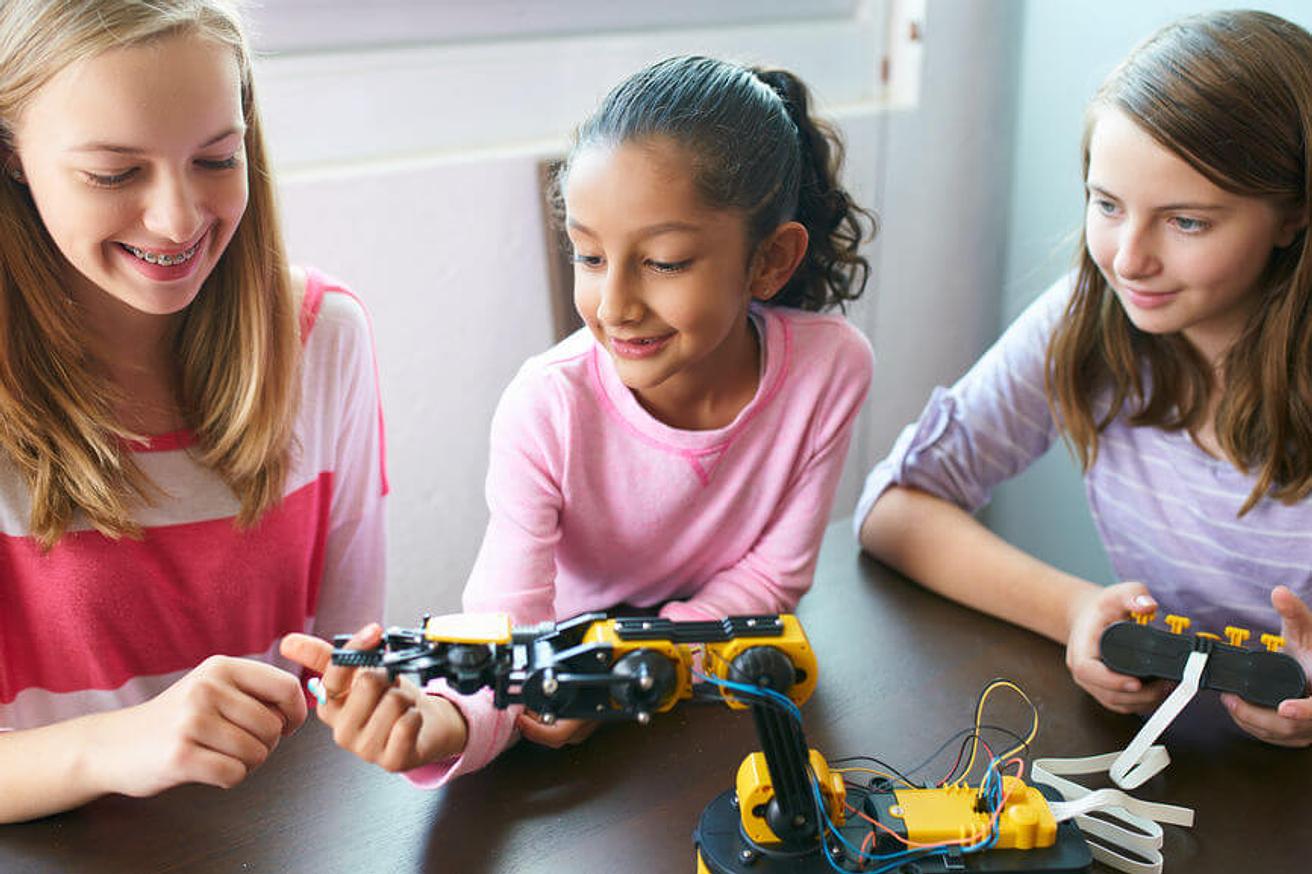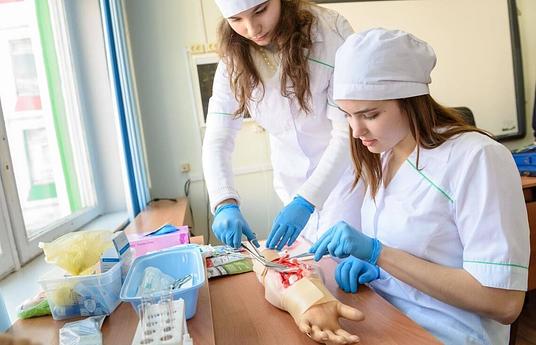There’s been a lot of talk in diversifying the STEM industries, but women and people of color are still severely underrepresented. In the UK alone, only 10% of engineering graduates are female. This severe lack of diversity goes on to create problems further down the line. If our STEM industries don’t reflect our societies then the solutions and products they create won’t suit or benefit those who are underrepresented. We need diverse perspectives and opinions to create the solutions that we all need, and companies themselves can benefit from having a diverse workforce as having a varied worldview increases creativity and innovation. To make sure our workforces reflect our societies, we need to make sure every child is engaged in subjects so they can figure out for themselves whether these subjects are for them or not.
Shaking up science and technology lessons could be one way to help do this. If the way we’re currently teaching them isn’t helping to increase the number of women and people of color in these industries, perhaps we’re not engaging them enough in the subject areas to let them know that these subjects relate to their lives too. Without real-world connections being made, it is too easy for underrepresented individuals to assume that these pathways are not for them, or not even realize that they could pursue careers in the STEM industries. Children need to be exposed to different career landscapes, understand why they’re studying something and be made aware of their own unique attributes to truly envision their full potential.
There are success stories happening across the globe however. ‘When students (despite their age, economic status, race, gender) are part of impacting an authentic global issue, their motivation skyrockets,’ explains Tracey Winey Co-Creator of Engineering Brightness. ‘They willingly stay after class, come early to class and investigate solutions when they are not at school. Through Engineering Brightness, students are mashing mathematics with communication, geography with cultural understanding, and curiosity with inquiry. There is an urgency to learn that is fueled by intrinsic motivation.’
Engineering Brightness helps children combat a real-world problem, light poverty. Children learn the fundamentals of engineering by creating sustainable lanterns that help people living in areas where light poverty is a real issue. ‘Students seek and apply knowledge because they understand the problem can not be solved without their individual and unique contribution,’ explains Winey. ‘Engineering Brightness was founded on a concept that everyone has unique talents that make us collectively better.’
For Winey, connecting STEM to real-world problems, where children come to see how what they’re learning in school truly improves people’s lives, helps to engage students who otherwise wouldn’t learn about engineering or assume it’s a subject not for them. Children also learn how to improve their engineering skills by gaining knowledge from those they’re creating the lanterns for.
‘Our friends in Liberia have taught us how humidity affects electronics. We could have read about that, but having the Liberian Students share that information is so much more meaningful,’ explains Winey. ‘We understand sharing with siblings can be inconvenient, but having Fernando from Nicaragua tell us it is hard for him and his sister to study at the same time because the light was only one directional, inspired us to change the direction of the LED's inside the lantern. We could have all the intellectual knowledge about STEM but if it wasn't tied to authentic learning, the knowledge wouldn't leave the classroom. When you merge STEM education with character skills in an environment that makes a difference, it can't be contained in one single classroom.’
It’s this exchange of ideas and connection with the real-world that incentivizes children to improve their skills, and so learning starts to happen naturally. ‘Children get interested in meeting and understanding their global peers, and in realizing their knowledge and work goes beyond the classroom, and so the engineering interest develops naturally. Most of the time, they don't even realize they are learning and applying very complicated engineering principals. Once we have reached our individual engineering knowledge, we meet with industry engineers. Our kids don't see engineering as scary or boring or unattainable anymore, they see engineering as a way to help others and combat light poverty. They understand that if they can engineer a better lantern, they know people's lives will be better. They know that one of our field researchers, Maria, can now buy herself food every day instead of having to choose between buying food and buying a candle because she has a lantern.’
As we’ve discussed elsewhere, teaching sciences separately from the skill sets learned in other subjects only devalues the importance of STEM in our world. By incorporating character skills such as compassion, empathy, and global responsibility, we can engage kids in STEM naturally. ‘Compassion and STEM education go hand in hand,’ agrees Winey. Showing them how these subjects relate to their own lives, how they can use their skills to help others and that these subjects aren’t just for those who traditionally might suit science but for everyone.
This isn’t about getting every child into the STEM industries or forcing anyone to take subjects that don’t suit them. But we all have something to learn from science and technology lessons, even if ultimately we prefer the humanities or arts. It’s about highlighting to kids that the two connect, overlap and inform each other. Every subject teaches us something different about ourselves, revealing capabilities and understanding we might not have known we had. ‘STEM disciplines are interrelated as well as inextricably connected to language, geography, and culture,’ agrees John Howe, Co-Creator of Engineering Brightness. ‘When a student who is a talented artist sees that their skill can be applied in the context of an engineering project, it opens doors.’
Through involving other skill sets in the teaching of STEM and approaching it from a different avenue we can help to open up the door to STEM and increase diversity in an organic way, as Howe explains, ‘When engineering is framed in compassion, we get diversity. This is why 50% of our participants in Engineering Brightness are girls and are racially and ethnically diverse. There are many entry points to STEM. Video games can lead to computer science and rocketry can lead to aerospace which have become traditional pathways for boys who are more interested in non-living things such as chemistry and computers. Beginning with compassion creates an entry point for girls who are more interested in living things such as human and animal medicine, biology and zoology.’
By connecting STEM lessons to the real world and diversifying the entry point of these subjects, we help to open avenues for kids who may otherwise assume these lessons aren’t for them. Through this, we can give children more options on what they do with the lives, so they can make the choice on where their passion lies and ultimately improve their understanding of different careers, the world in general, and their own skills and attributes. Only when children have this full understanding of themselves and the options available to them, can we start to approach the issue of underrepresentation in STEM. Young people aren’t going to know about these options unless we make it visible to them. It’s, therefore, our job to take a step back and realize what’s stopping gender and racial diversity in STEM and how we can address it in creative, innovative ways like Engineering Brightness.


